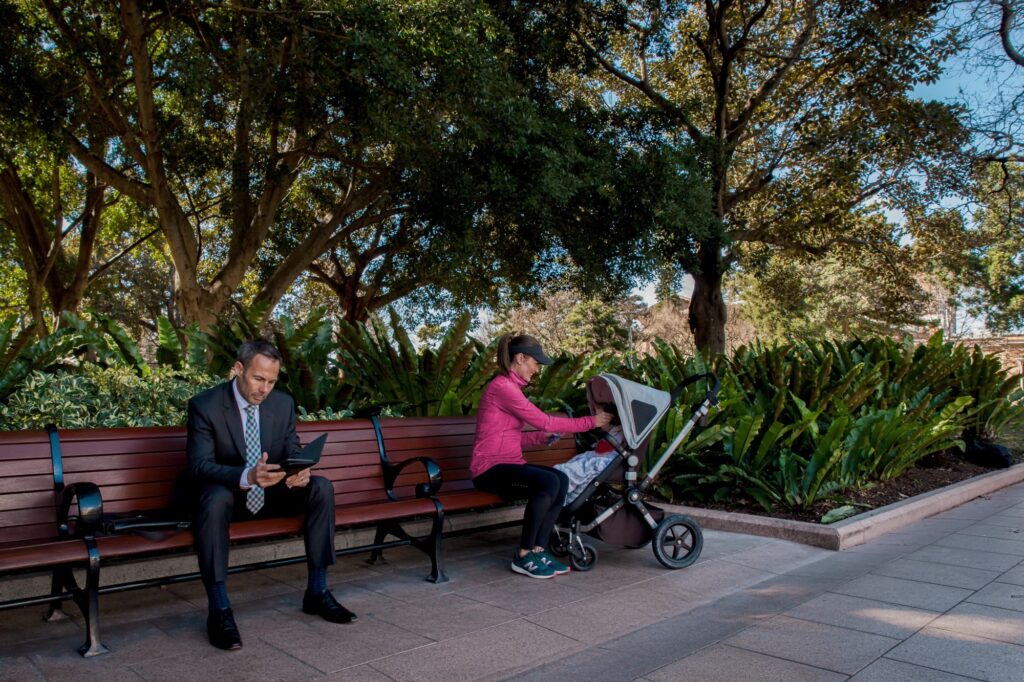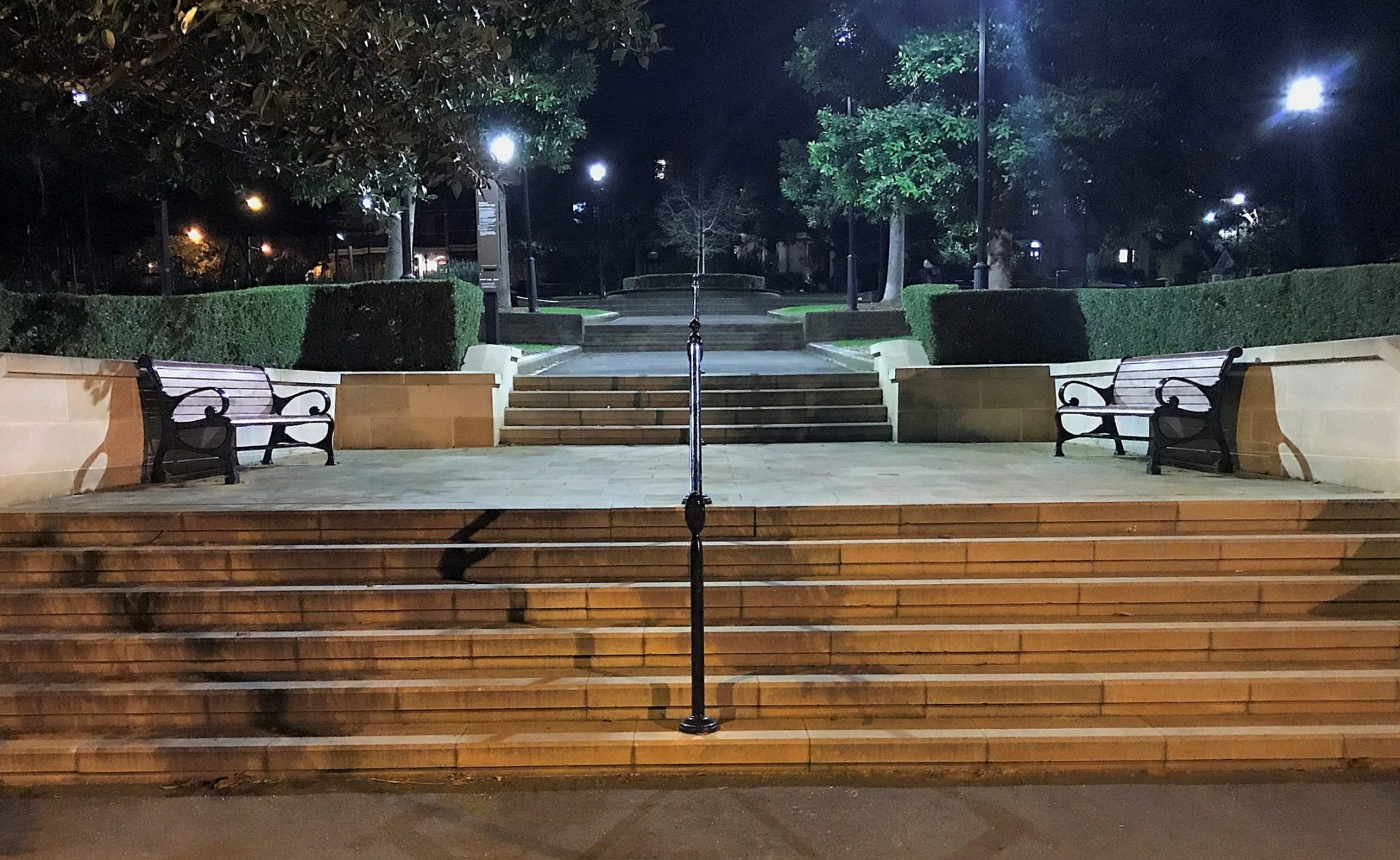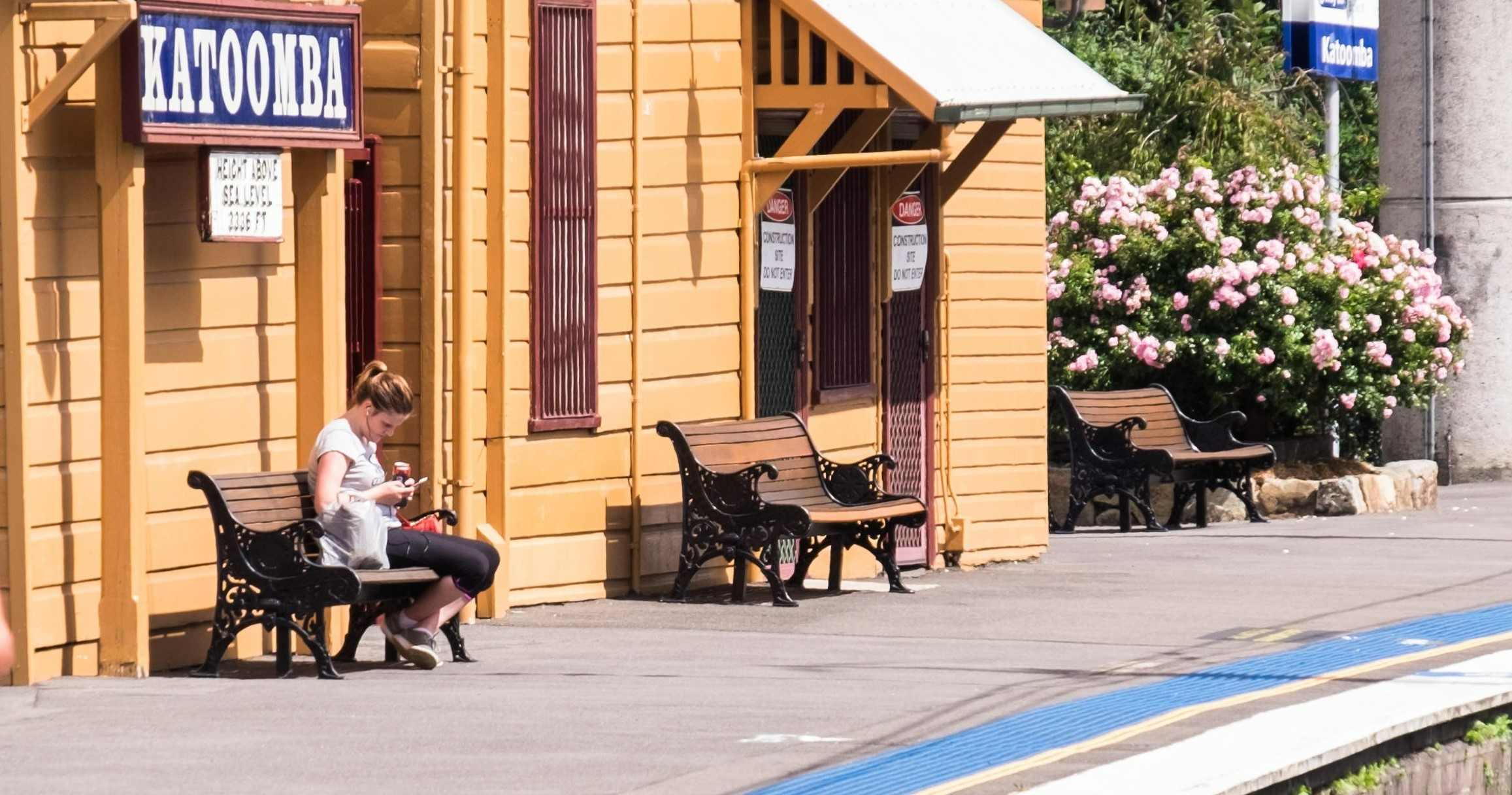The transformative power of landscaping and public amenity design is one of the cornerstones of urban renewal, impacting the way humans interact with each other and their environment. Street furniture is one of the key ways in which public spaces become functional, facilitating community and connection.
While many contemporary forms of street furniture have evolved in response to modern life, people have used them for hundreds of years. As a matter of fact, one can easily track the history and culture of a particular geographical location by looking at the different items placed outside.
The history of Street Furniture can be traced to the ancient Romans, who used wooden milestone markers or stone, tethering posts and horse troughs purely for functional purposes and not for aesthetics. There is an intrinsic relationship between public furniture and human movement, with many elements designed to enable modes of transport, which is the first of the three main purposes of street furniture.
Street furniture covers everything from bollards, shelters and bike racks to utilities such as bins, tables and seating and drinking fountains. The types of street furniture in an area gives a fascinating insight into the culture and lifestyle of people using the space, as well as the functions which councils and local authorities deem most important to make urban life more convenient for city dwellers or visitors.
18th Century Street Furniture: Bollards, Bus Shelters and Mailboxes:
The evolution of the wooden bollard dates back to the Maritime Bollard during the Victorian era in the 17th and 18th centuries. Within the London Boroughs of Camden and Portsmouth, cannons from decommissioned war ships were turned upside-down and sunk into the ground with their cannonballs fixed into them. If you have ever been caught as a pedestrian between vehicles and buildings then you will appreciate the role of bollards, which were critical in preventing horse-drawn vehicles from knocking over people or damaging buildings. It is for this very reason that recent roadside bollards have been reinforced to withstand greater impact, in a bid to increase public safety.
Around the time regular bus services were launched in the early 1830s, bus shelters were introduced in the public road transport, saving travellers from the scorching sun and heavy downpours. The rise of railway lines in the 1840s led to the increasing popularity of another street furniture, bench seating to accommodate large groups of weary travellers waiting for transport. The simple design of Emerdyn’s Victorian Seat harks back to those installed at the Great Western Railway stops.
Fast forward to 1852, four red mail boxes (pillar boxes) would take centre stage in the Channel Islands, gradually becoming British icons. Five years later, roadside wall boxes would be popularized as the more economical alternative in rural districts.
The next innovation in street furniture was public water fountains in 1859, thanks to the Metropolitan Drinking Fountain Association. But the Association was not only concerned with human welfare – in 1867 it also took care of horses and other animals moved in and out of major towns and cities by providing proper sanitation. In a bid to offer an even better deal, the establishment of water troughs was fast tracked in the large towns and cities.
Although litter bins were introduced towards the end of 1800s, they were not popularly used until the rise of pedestrianized town squares and, eventually, fast food restaurants made them a necessary amenity.

The evolution of street furniture has been a response to the needs of city residents, culture, and advances in technology. As times progressed, old Victorian lights were replaced by electric street lights, with LED signage for everything from advertising to daily weather and important news information at bus stops. Urban transformation and cultural advancements have seen the repurposing of street furniture elements, one example being water troughs for horses which have been turned into flower planters. The modernization of street furniture can be seen everywhere from old fashioned metal signs which have been replaced by reflective street signs, tiny post boxes and trash bins have been enlarged to meet the needs of high-density urban areas.
In an era of selfies, the aesthetic value and style we all appreciate from well-designed street furniture is at a premium. Ultimately, residents take pride in the comfort, attraction and enjoyment derived from beautifully designed street furniture. To meet the needs of modern communities, companies like Emerdyn will continue to adapt street furniture to make them weather-proof, stylish, safe and robust.
 48
48 0
0
